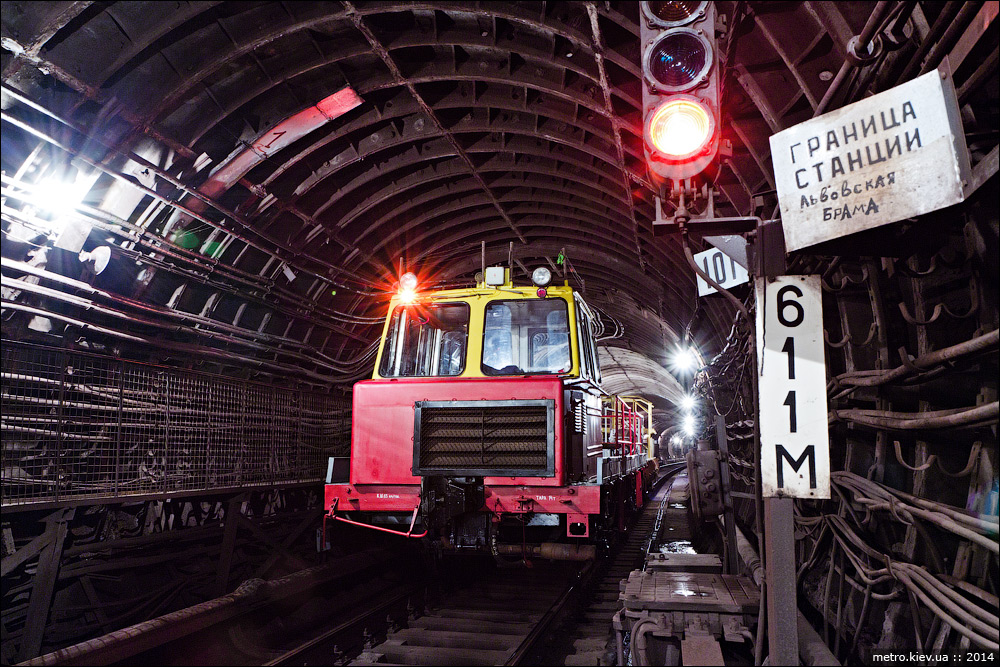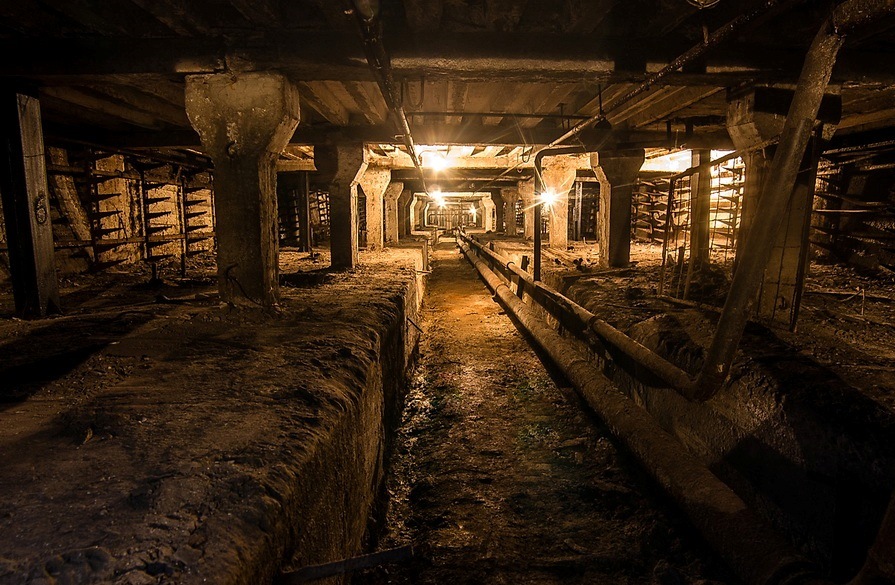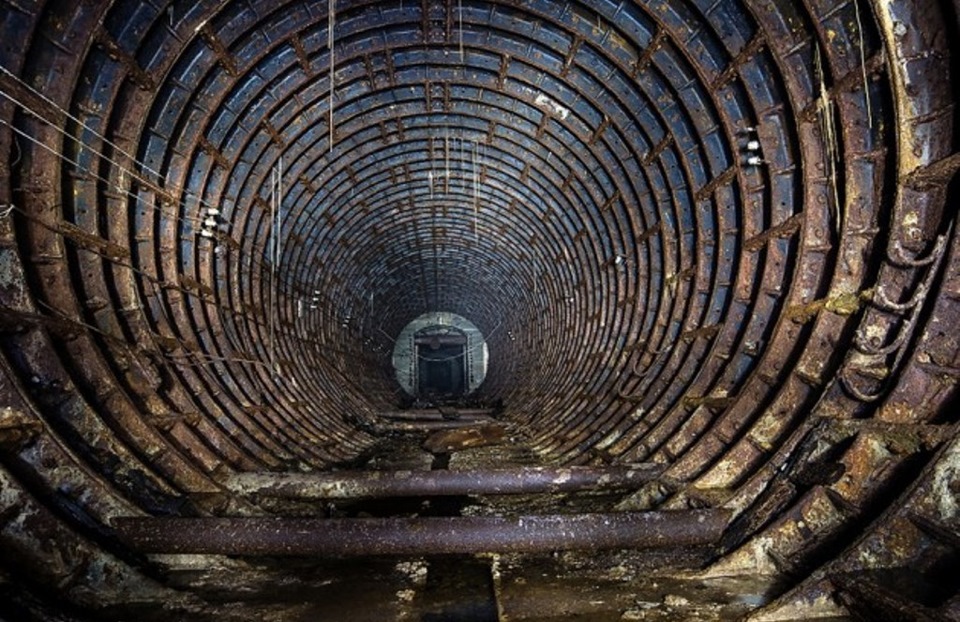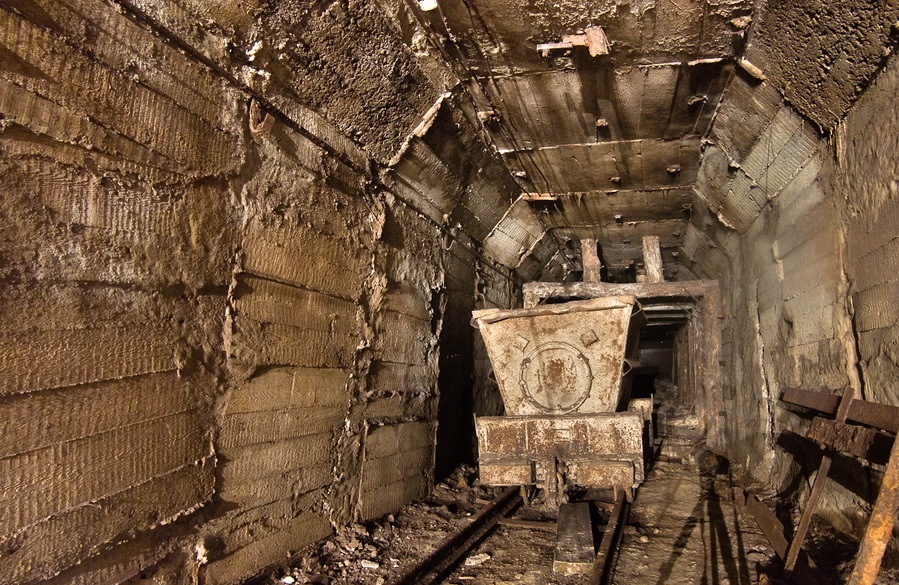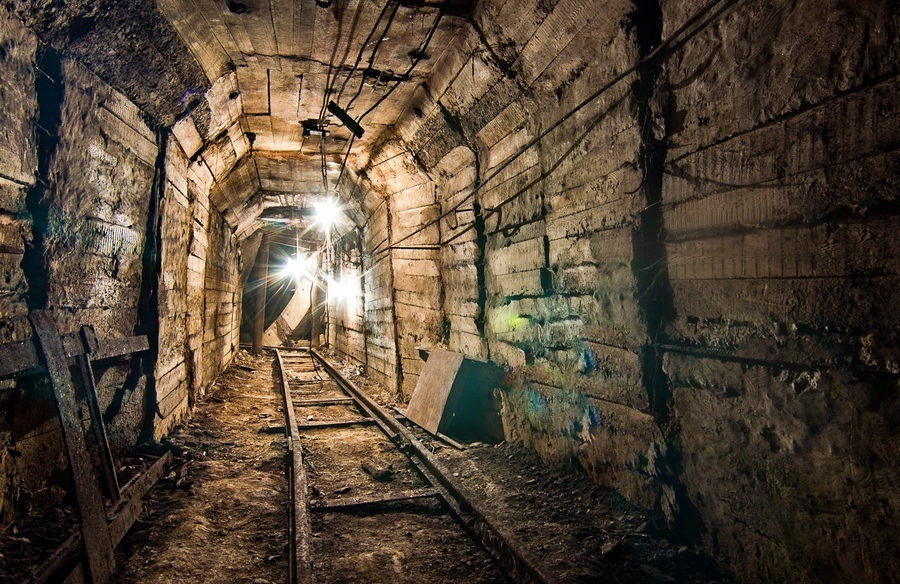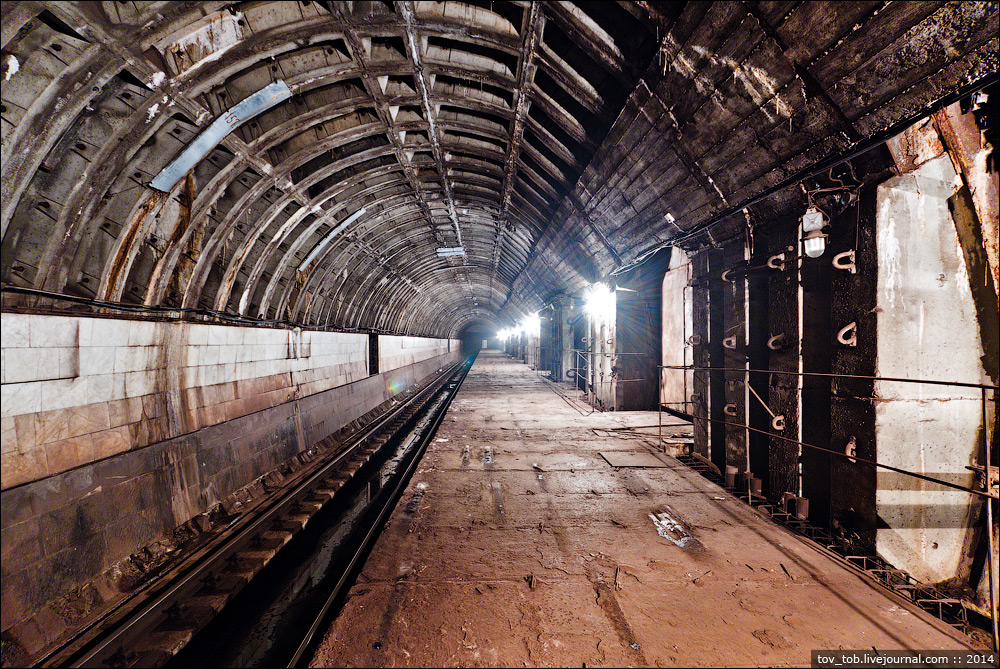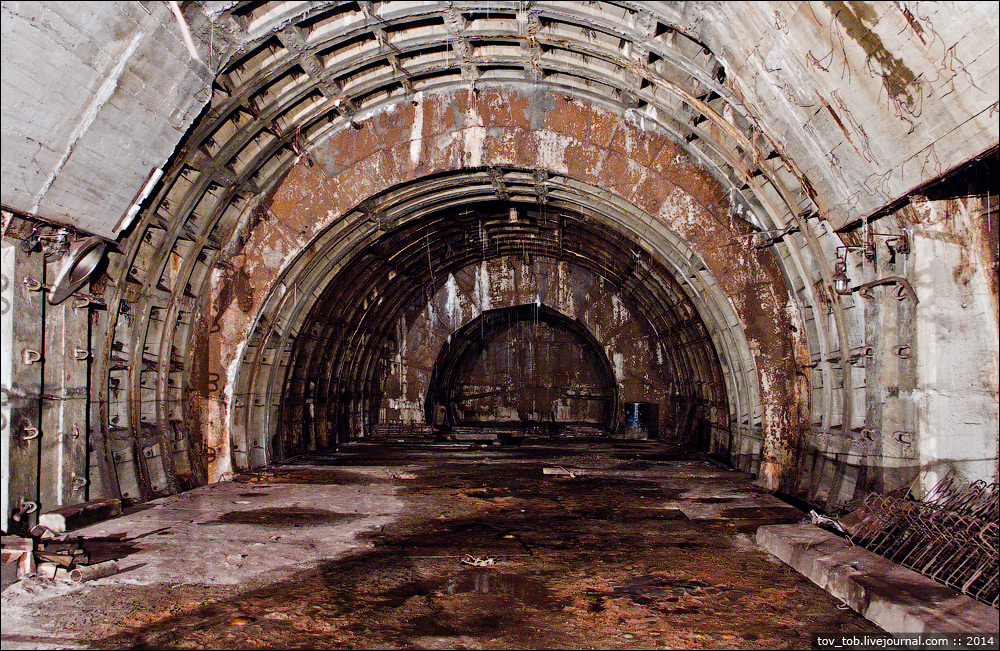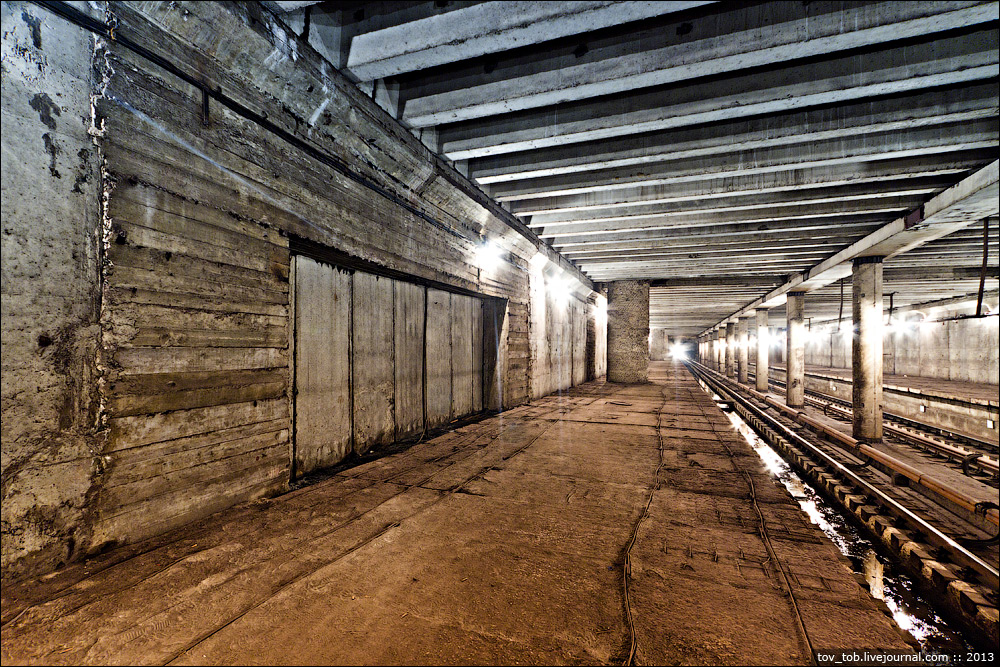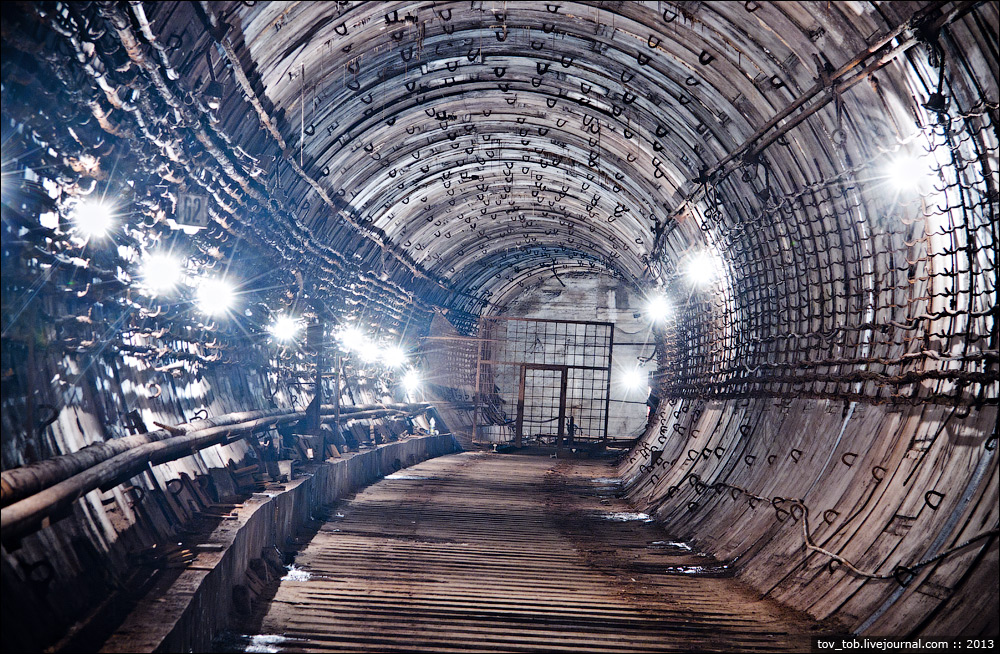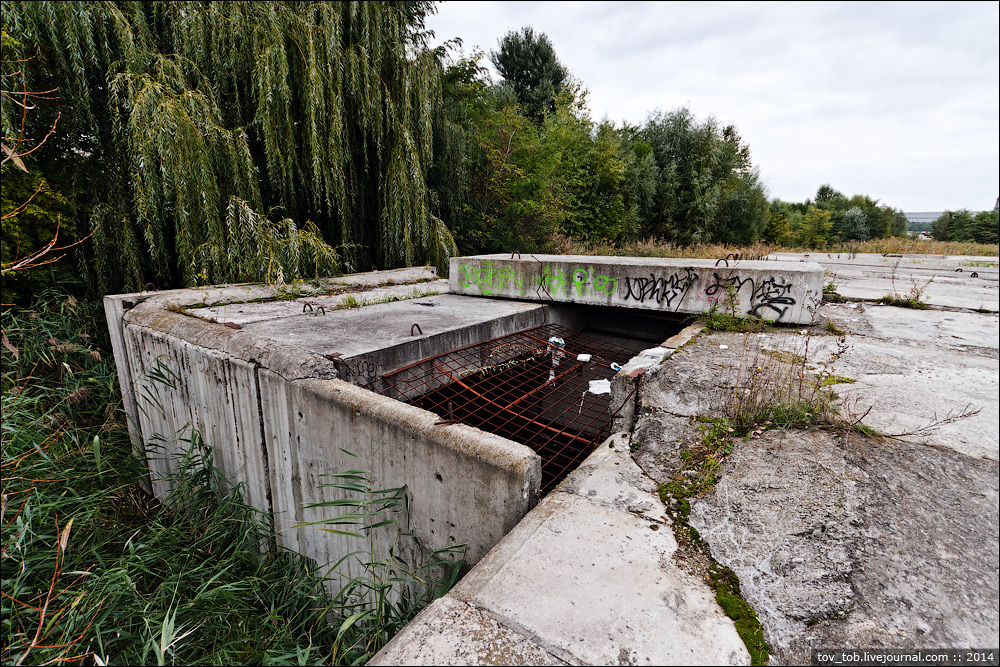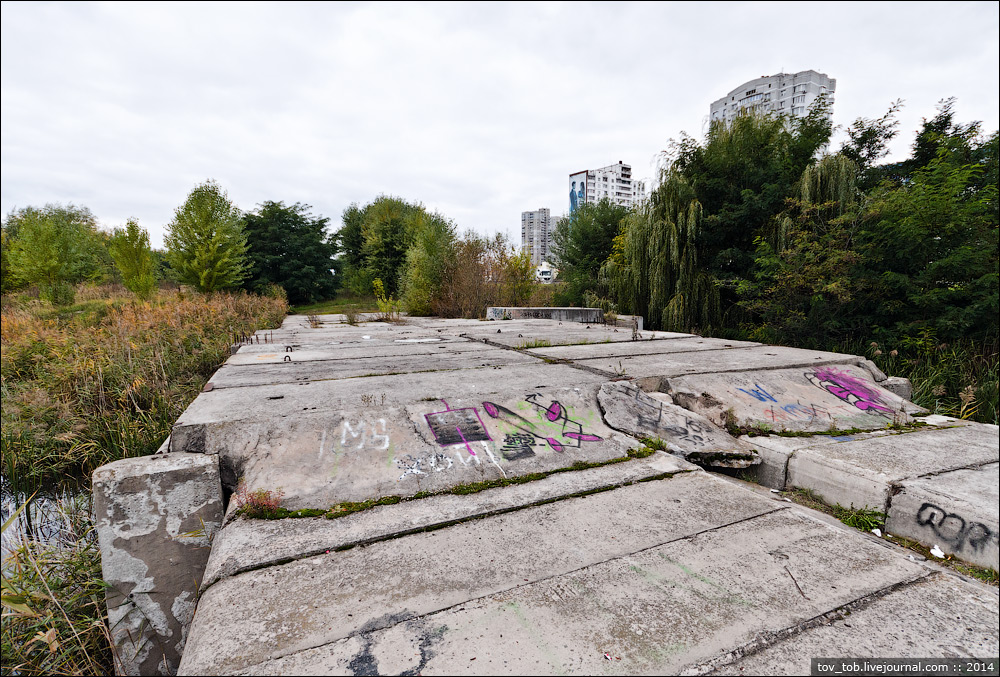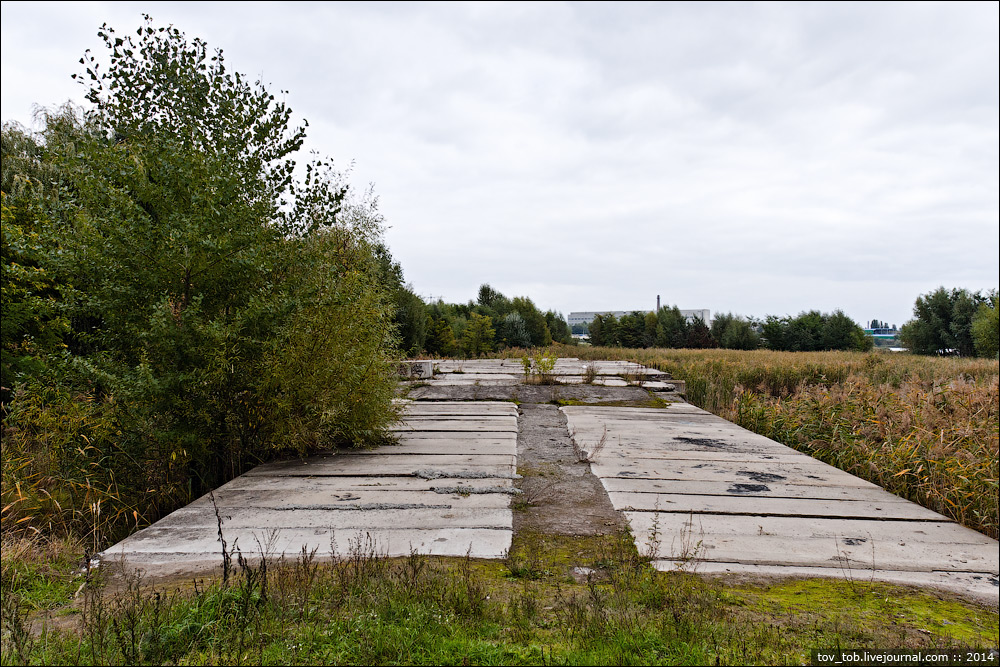Command bunker (code name: CB)
Every large and small city of the former Soviet Union has some secrets and mysteries. The Cold War period left behind many buildings that are striking in their gigantism and the size of the budget funds that USSR officials poured into the military, rather than into the civilian sector of the state.
As most of those people who still remember what the abbreviation “GO” is (those who don’t know – civil defense) know, the metro tunnels were rightfully considered the most reliable refuge in the event of an air raid. It was there that the construction of a command bunker began in case capitalist America started a war against the Soviets.
Construction began in the outskirts of the Arsenal plant and was carried out in 3 shifts, and the earth was removed at night in tarpaulin-covered trucks. The work was almost completed, but then the intensity of passions between the two great superpowers of that time subsided. The facility was frozen, and is now under heavy security and video surveillance.
Lvovskaya Brama station (unfinished metro station)
Work on the construction of the station started in 1991, but was suspended in 1996 (the track walls were even lined with marble) due to the lack of a comprehensive solution for the reconstruction of Lviv Square, where the exit from the station was actually planned, and, mainly, due to the lack of funds. The construction completion date has been postponed many times and is currently unknown.
The Kyiv authorities periodically announced the imminent start of completion of the station, but in fact the work did not begin. Now the probable completion date is 2018-2020 (according to the current mayor Klitschko).
Despite the fact that the promised opening dates of the station were repeatedly postponed, at some stations and on diagrams in metro cars the name “Lviv Gate” could previously be seen. But over time they were all removed.
Telichki station (unfinished metro station)
Geographically, the station is located next to CHPP-5 and between the road overpasses of the Southern Bridge Crossing. On the contrary, on the territory of CHPP-5, you can see the ventilation superstructures of the station, and a little further there is a large ventilation kiosk of the station ventilation unit. The Telichki station has right-side platforms (“shore” type) just like at the Dnepr, Vyrlitsa and Krasny Khutor stations.
Construction of the station began at the turn of the 1980s-1990s and was planned as a promising one, that is, they were not going to open it even then. At the time of design, the station was called “Stroyindustry”, but the current name appeared thanks to the Nizhnyaya Telichka area, in which the station is located. The prospects for the opening of Telichka as a full-fledged station are very unlikely. The industrial zone located above the station will have almost zero passenger flow in its current form.
Station “Gertsena” (unfinished metro station)
After the collapse of the USSR, it became common for metro construction to skip the opening of intermediate stations when launching a new section. It all started with Pecherskaya, which was opened six years later than scheduled; it was followed by the Lvov Gate, which remains unopened to this day. “Telichka”, which can also be included in this list, was initially conceived for the future. But there are some stations that will never appear on metro maps: on the red line this was “Prospekt Vernadskogo”, which was supposed to be located between “Svyatoshin” and “Zhitomirskaya”, and on the green line – “Gertsena”.
The Herzen station was supposed to be part of the same launch site as the Dorogozhichi station and, accordingly, be located between Dorogozhichi and Lukyanovskaya. Unlike Prospekt Vernadsky, which was excluded even before the start of construction of the corresponding section, Herzen remained in the plans for quite a long time and the launch section was not only designed, but also built with the expectation of the birth of another station.
The name options were very diverse – “Herzen Street”, “Nagornaya”, “Institute of Automation”, “Zagorovskaya”. But all that was left of the station was a characteristic squiggle on the route, a ventilation shaft that was supposed to become a station, and a combined traction and step-down substation (STS), which was built not at the depth of the metro route, but right at the surface of the earth. Due to the fact that the distance between Lukyanovskaya and Dorogozhichi exceeds the maximum permissible 2 kilometers, evacuation bridges with three passages between the tunnels were built next to the failed station (but not in its place, as many believe). That’s all. The only thing that reminds us of the failed station is a pair of inserts made of cast iron tubes with 3 rings in each tunnel of the 1st track.
Old tunnels of the Kyiv metro
The tunnels between the stations “Khreshchatyk” and “University” are part of the first launch section of the Kyiv metro, opened in 1960. According to the old plans, another station was supposed to be located on a stretch more than 1,500 meters long, but it was removed in the final project.
In the 1970s, when the third Syretsko-Pecherskaya line was being designed, the question arose of creating interchange hubs on already existing metro routes. The option was chosen to build a new station between Khreshchatyk and University and organize a transfer hub there – this is how the Teatralnaya station appeared. The new interchange hub was built away from the tunnels connecting Khreshchatyk and the University, as if going around it – for this reason, a 1.5-kilometer-long section of the old tunnels became unnecessary. The rails and other equipment from there were dismantled.
Electric depot “Bortnichi”
Electric depot “Bortnichi” (“Vyrlitsa”) is a designed and unbuilt metro depot, which was supposed to serve the Syretsko-Pecherskaya line.
After the launch of the left bank stations of the Syretsko-Pecherskaya line in 1994, on the site of Lake Vyrlitsa, it was planned to build an electric depot for the new line – according to the plans of that time, the line was not supposed to be expanded further to the east. Not far from the Kharkovskaya station, a branch of tunnels was built towards Lake Vyrlitsa, part of which was supposed to be filled in for the construction of a depot. However, sand reclamation and construction of the electric depot never began. Later, plans for the construction of the metro changed, it was decided to extend the line to the east, and build a new depot in the forest near the Krasny Khutor station. This time the plan came true and the Kharkovskoye electric depot was opened in 2007.
The passage from the tunnels leading to the failed depot to the return dead-ends of the Kharkovskaya station has long been tightly concreted, and the active section of the dead-ends now has a length of more than 200 meters towards Lake Vyrlitsa.
